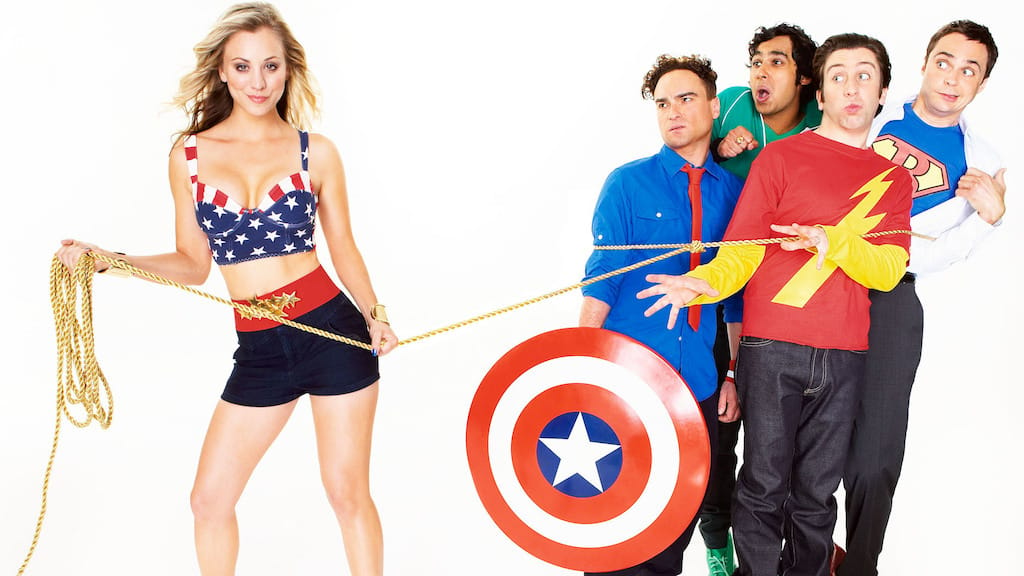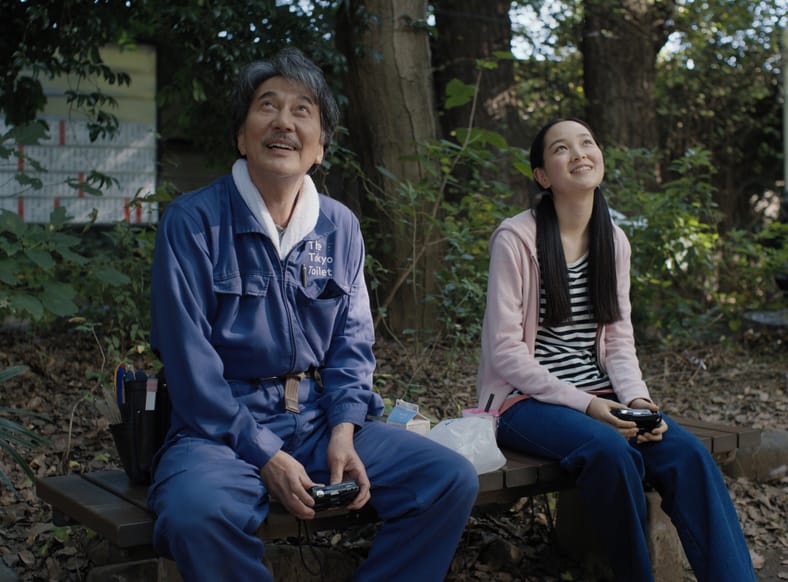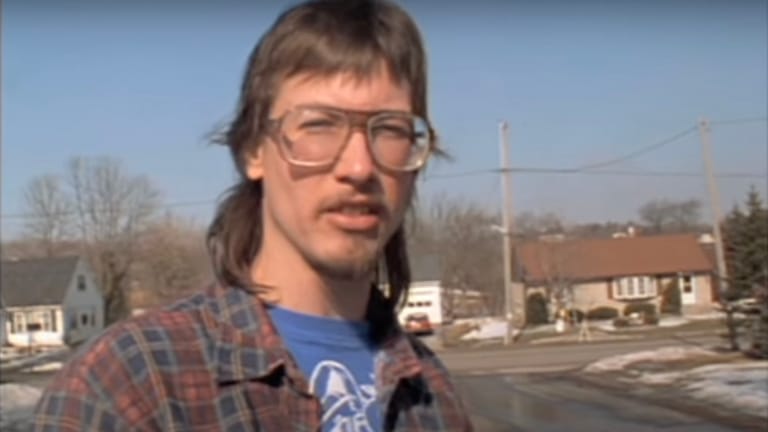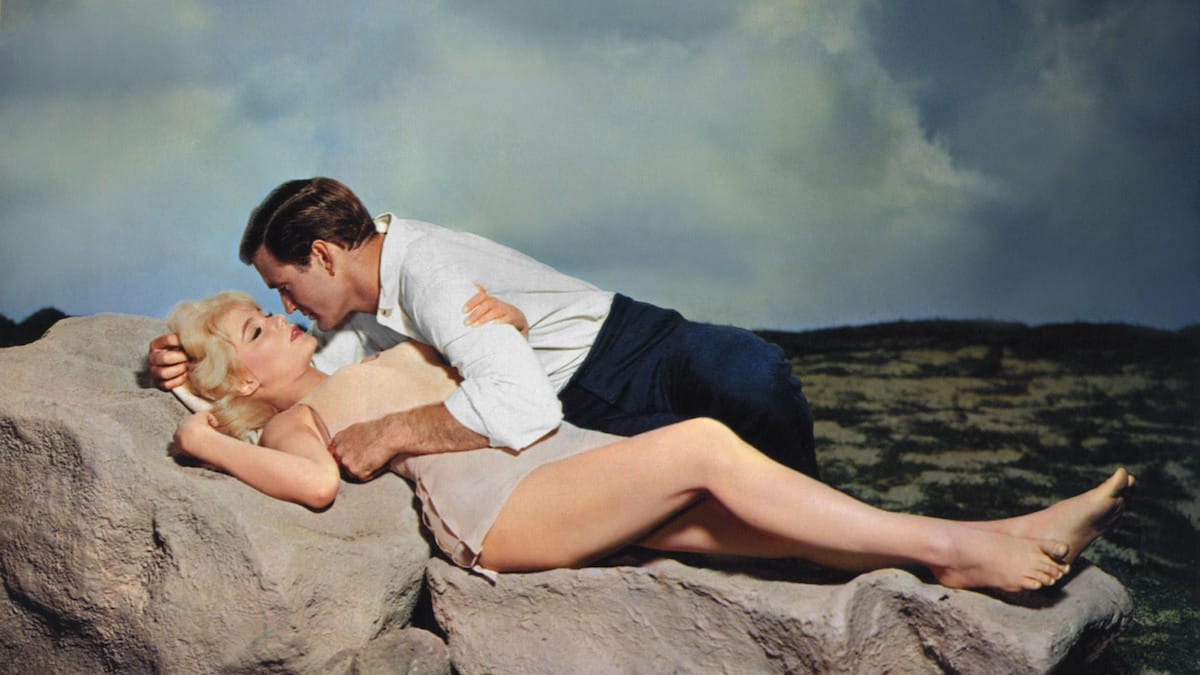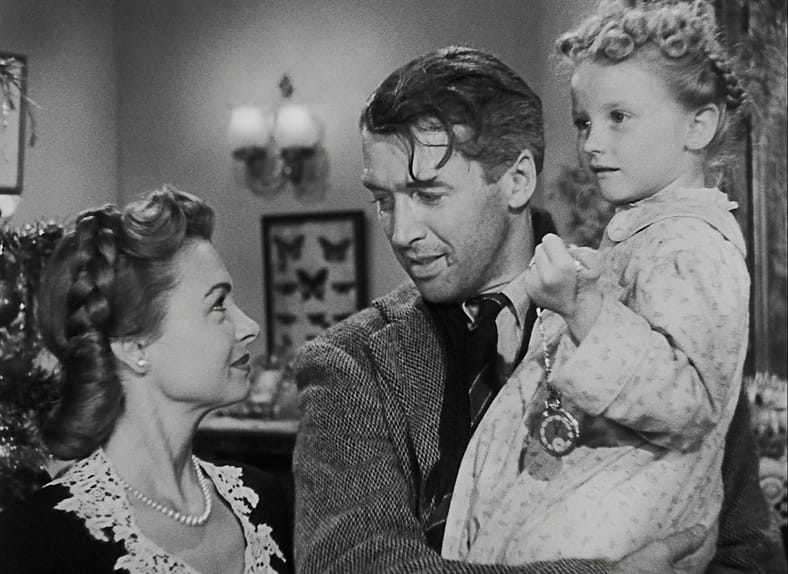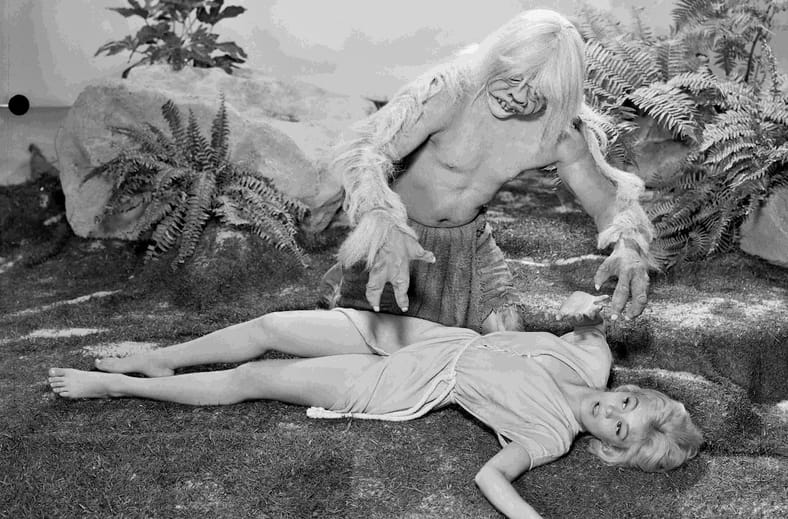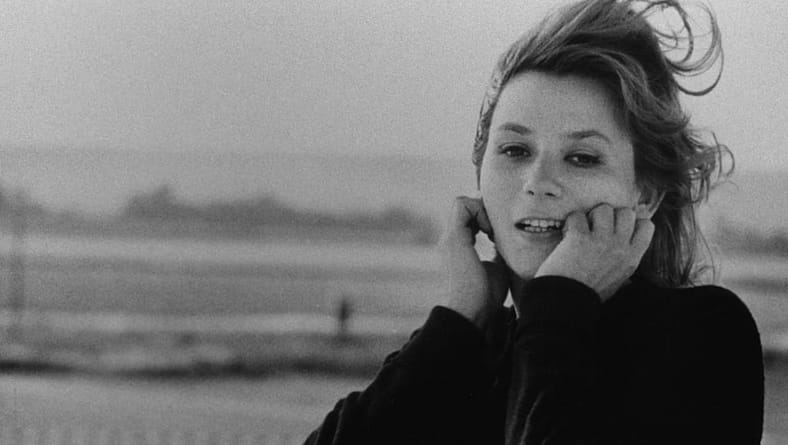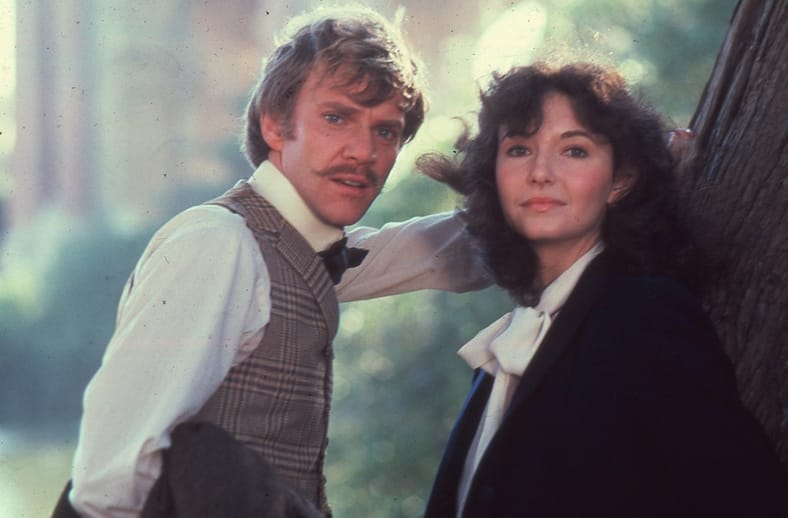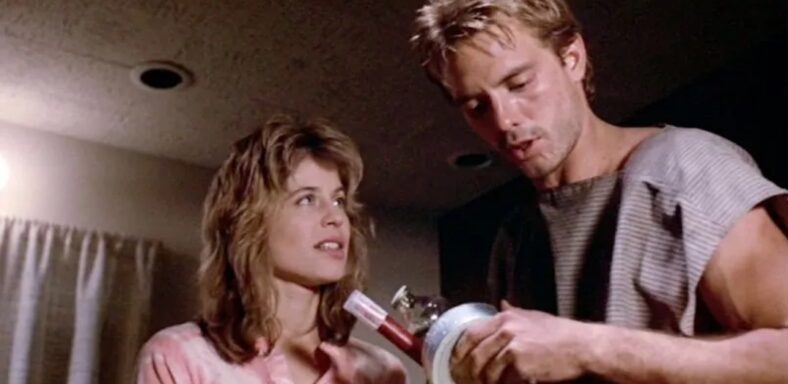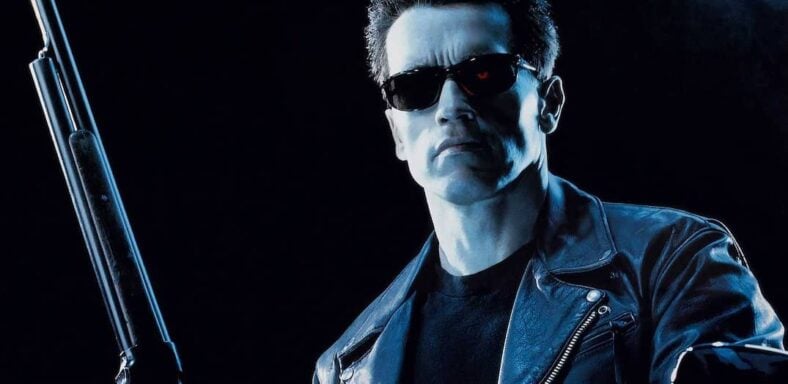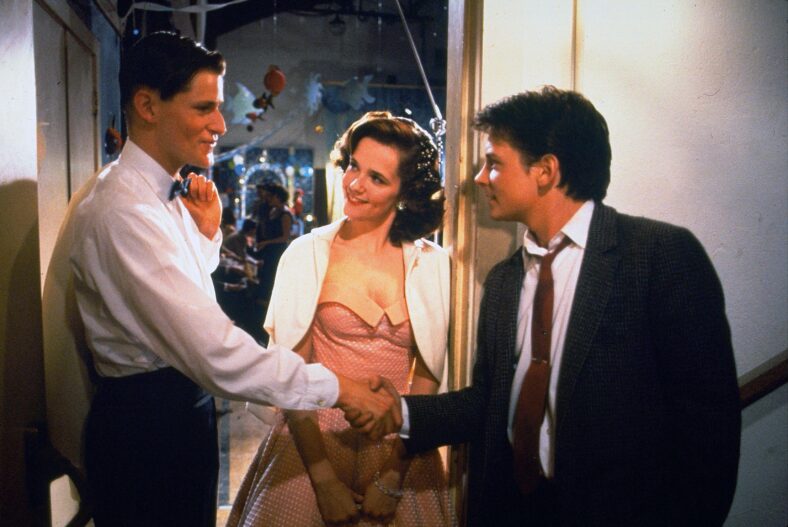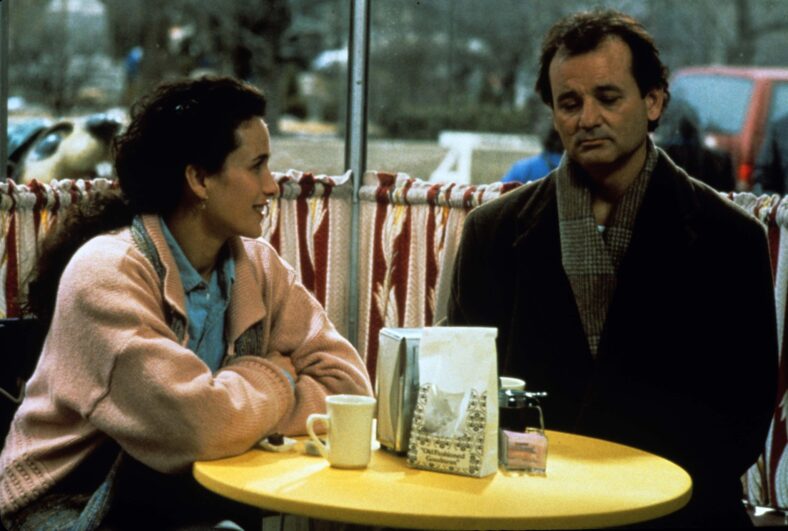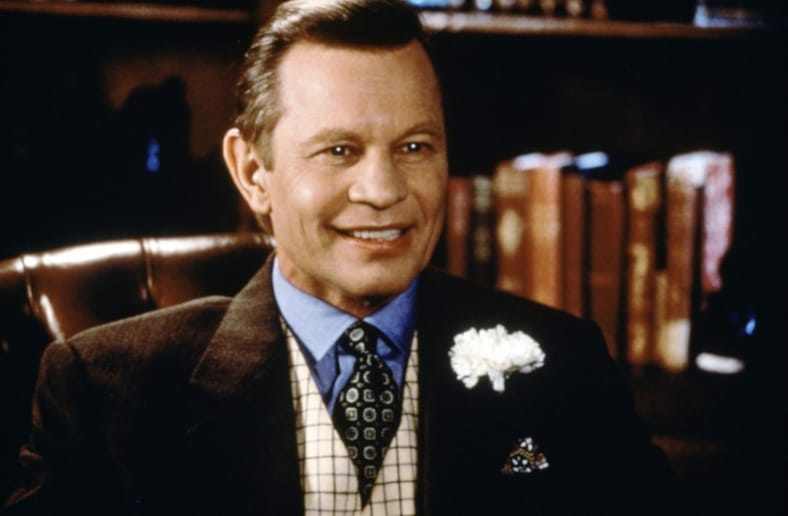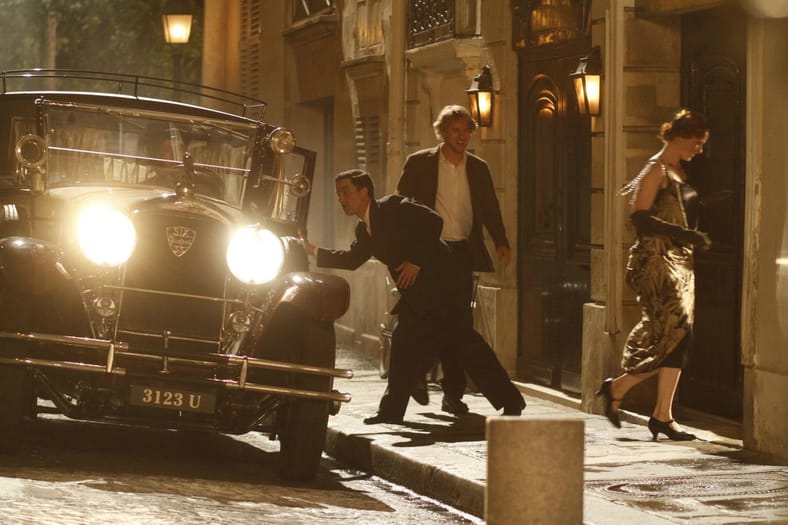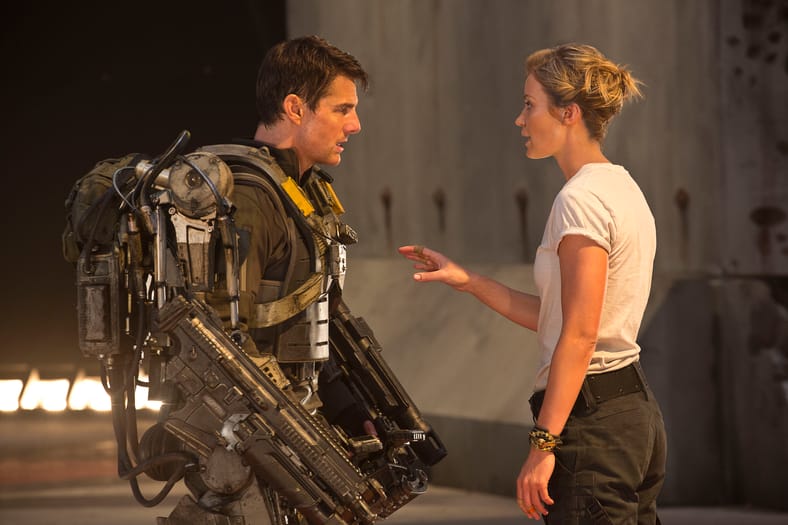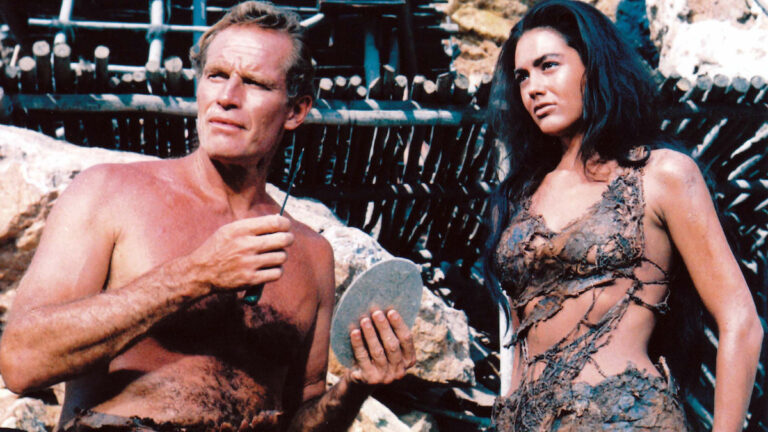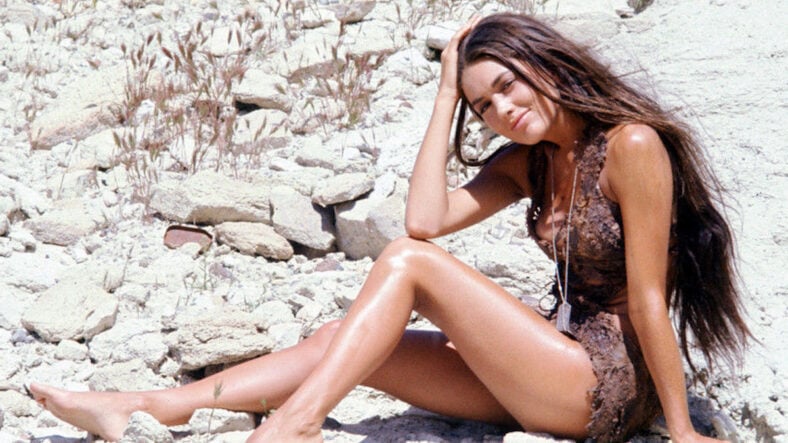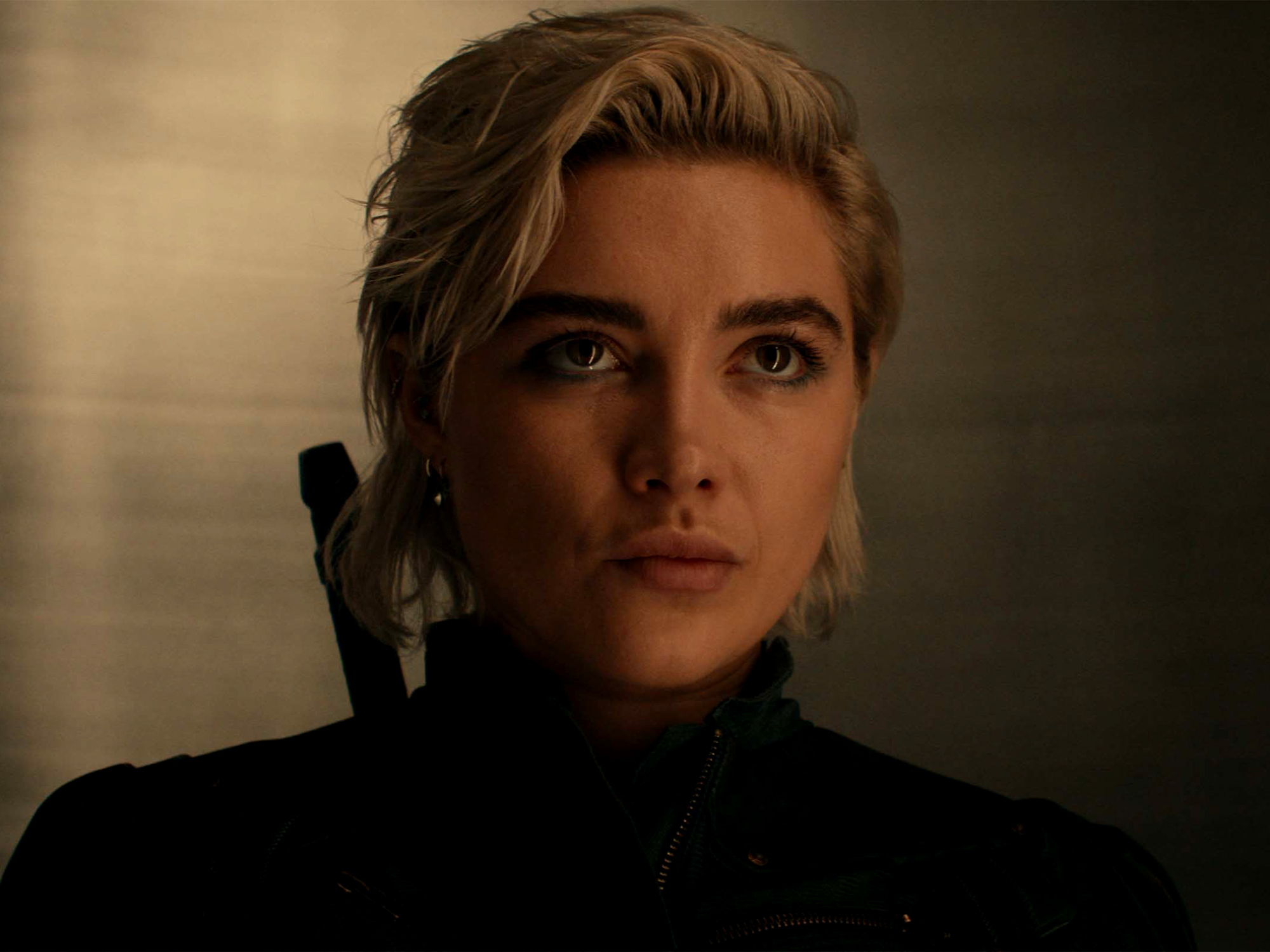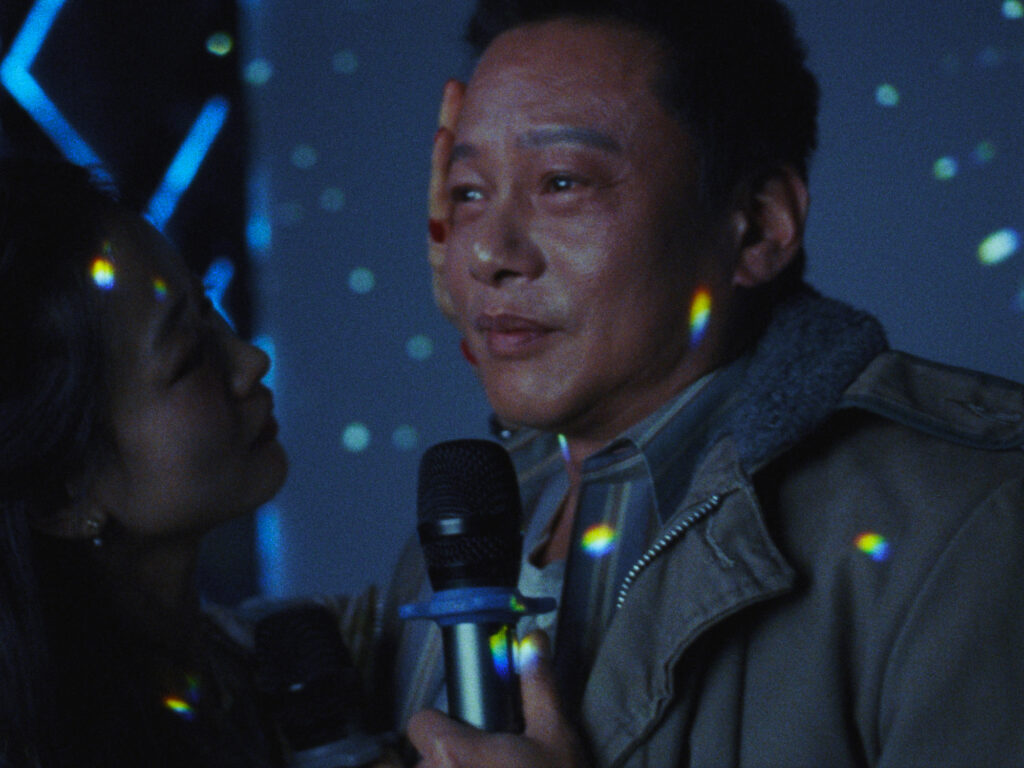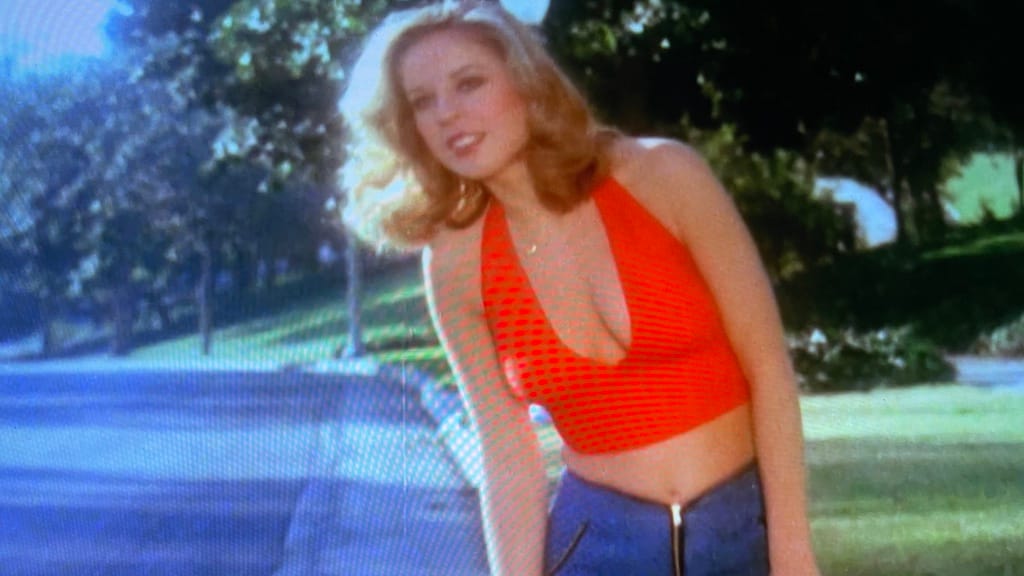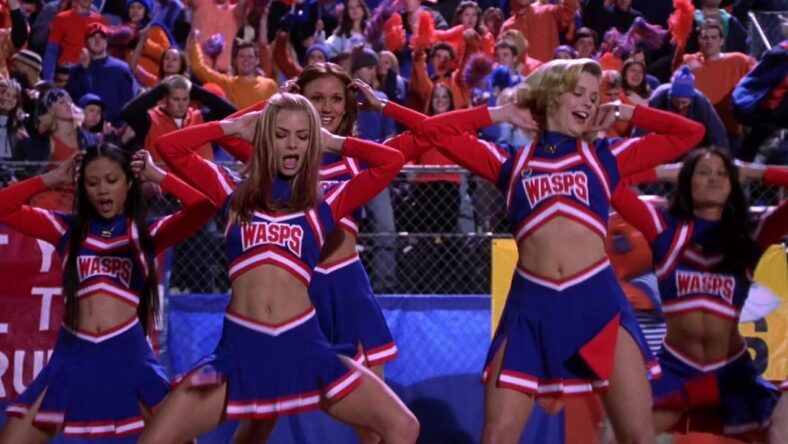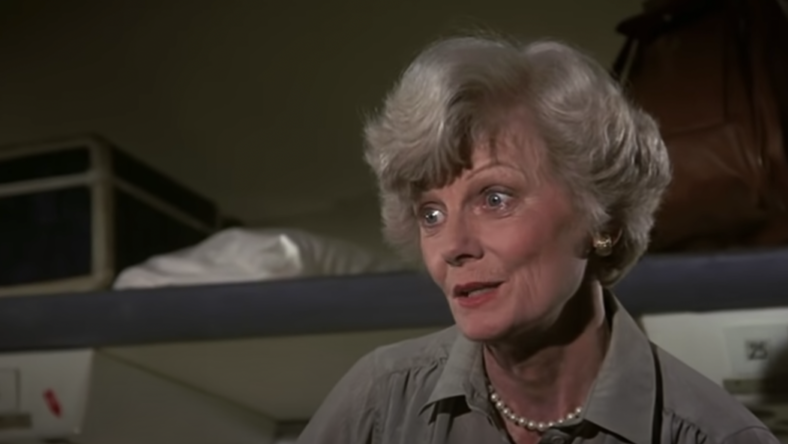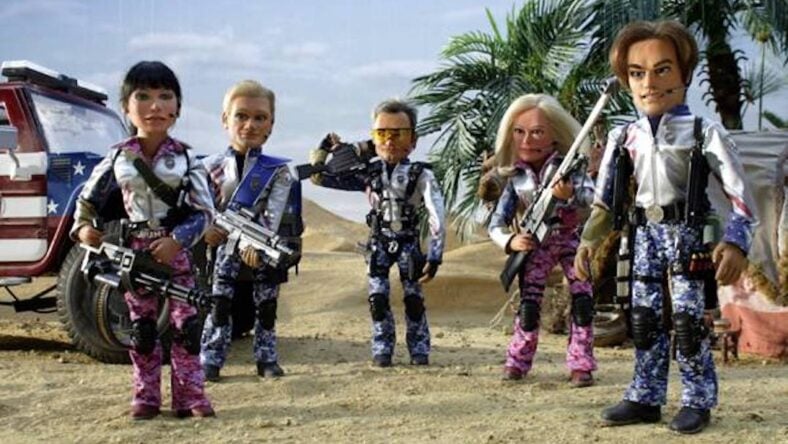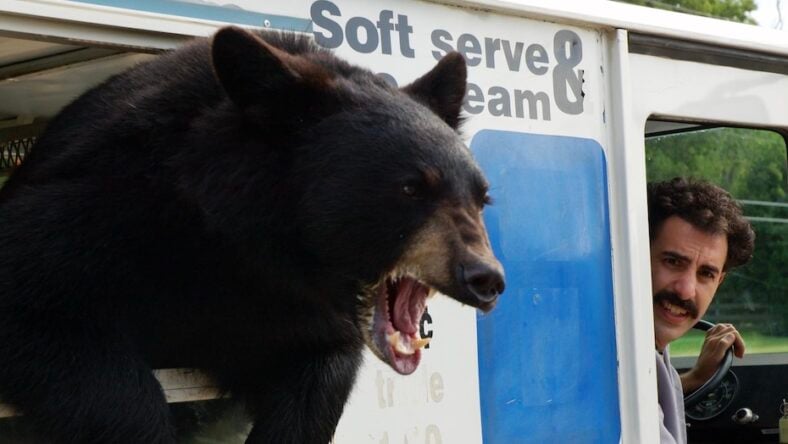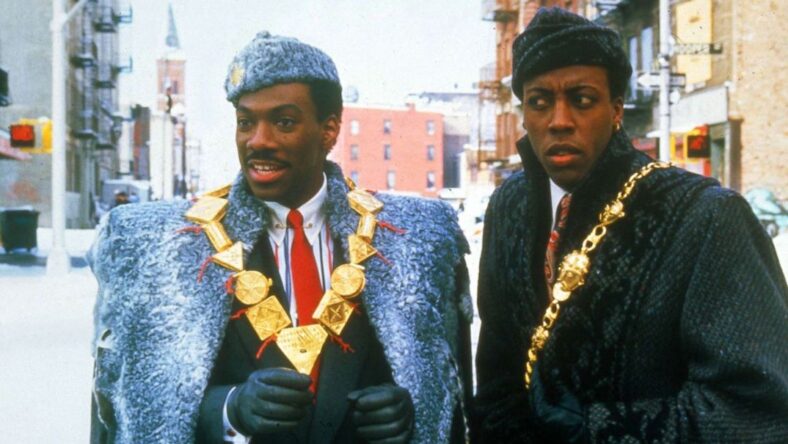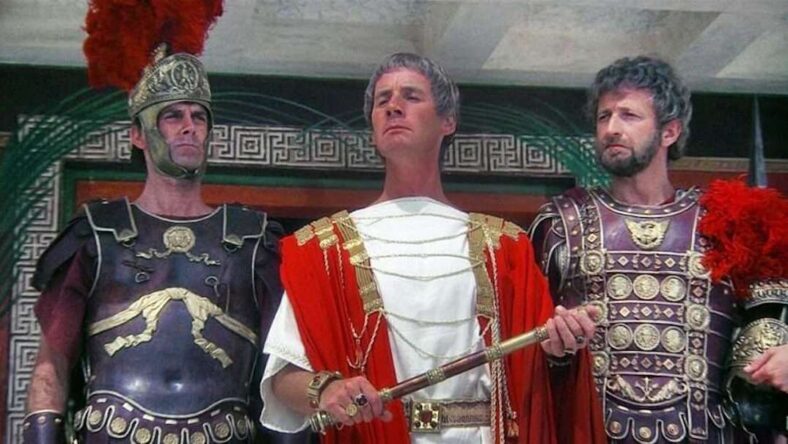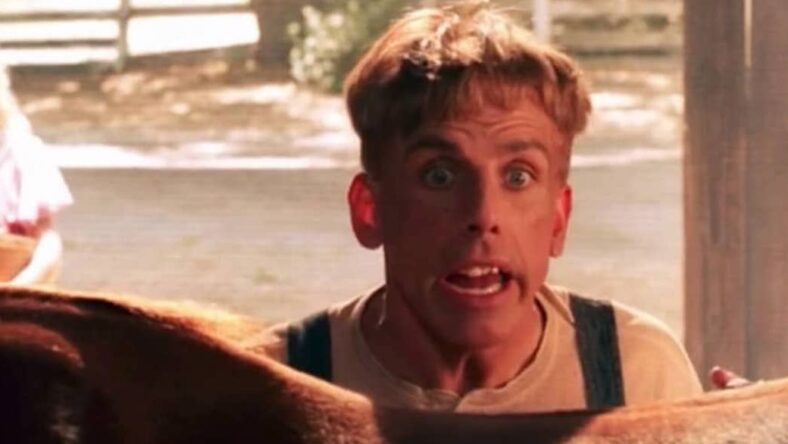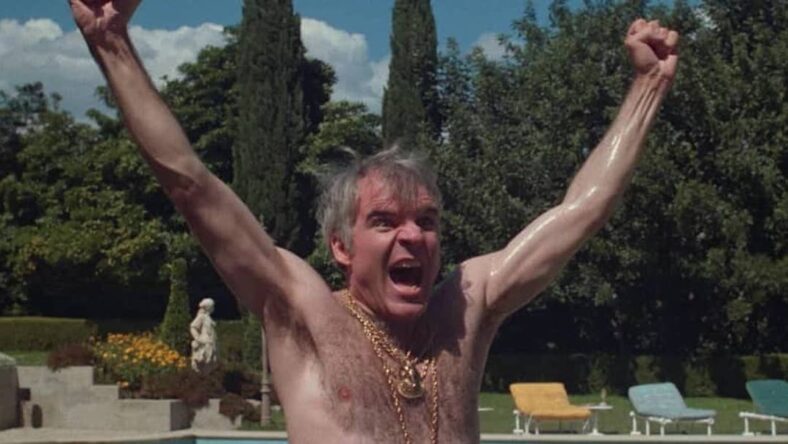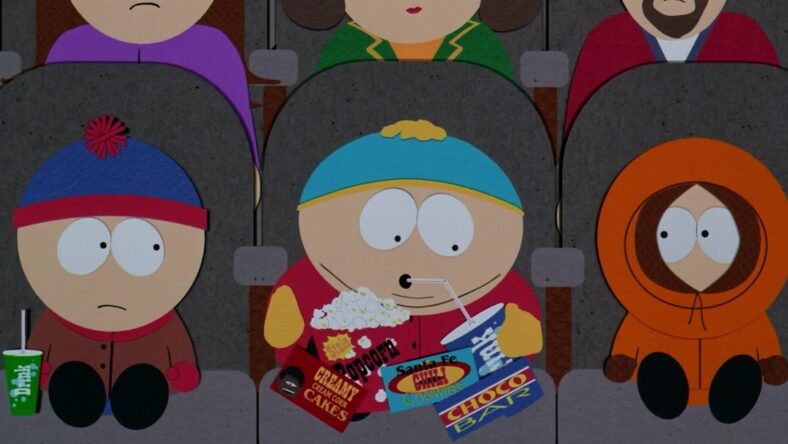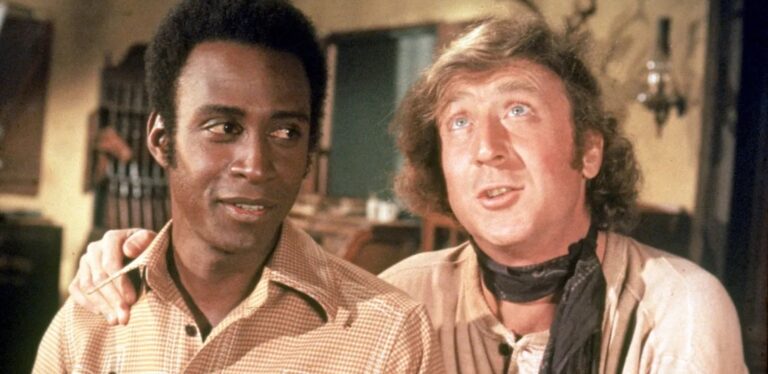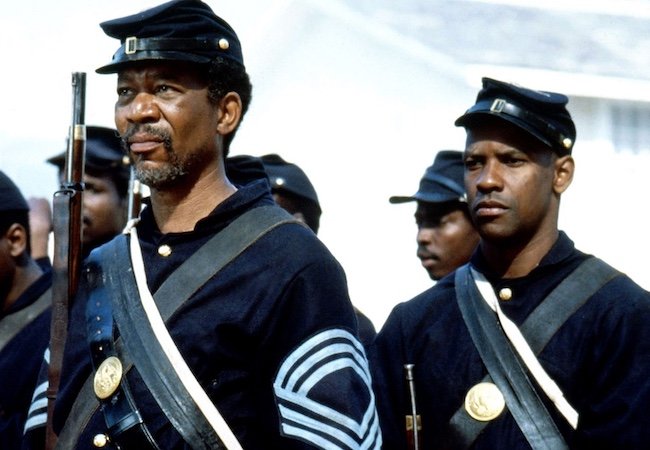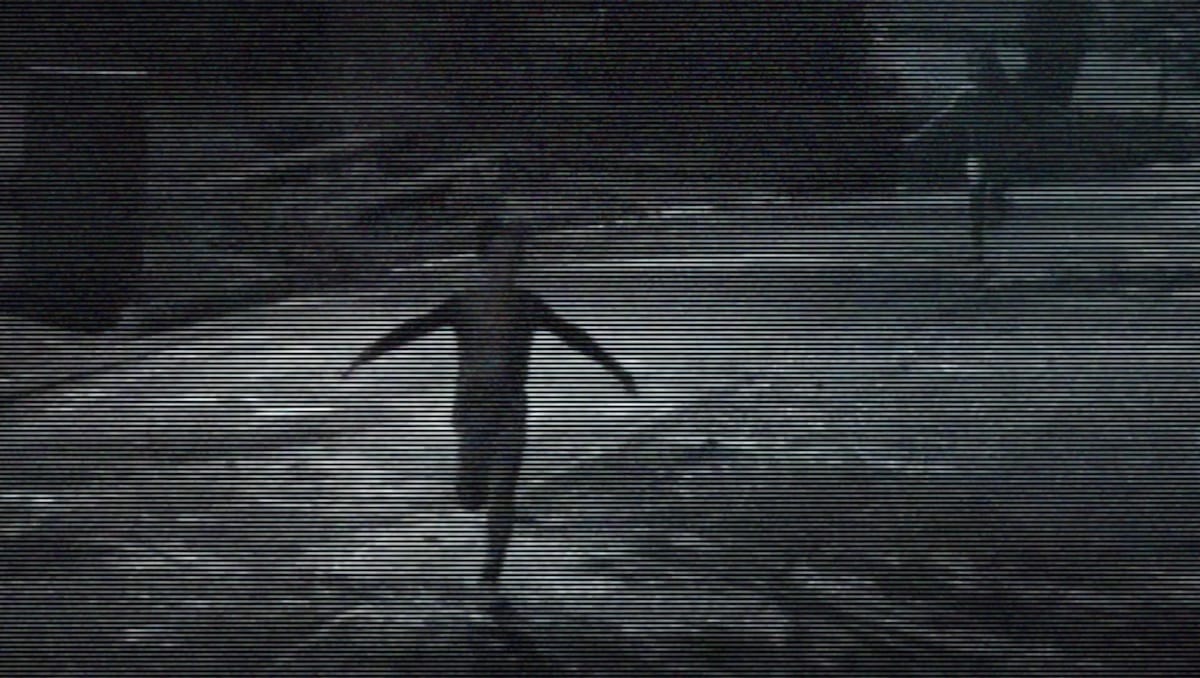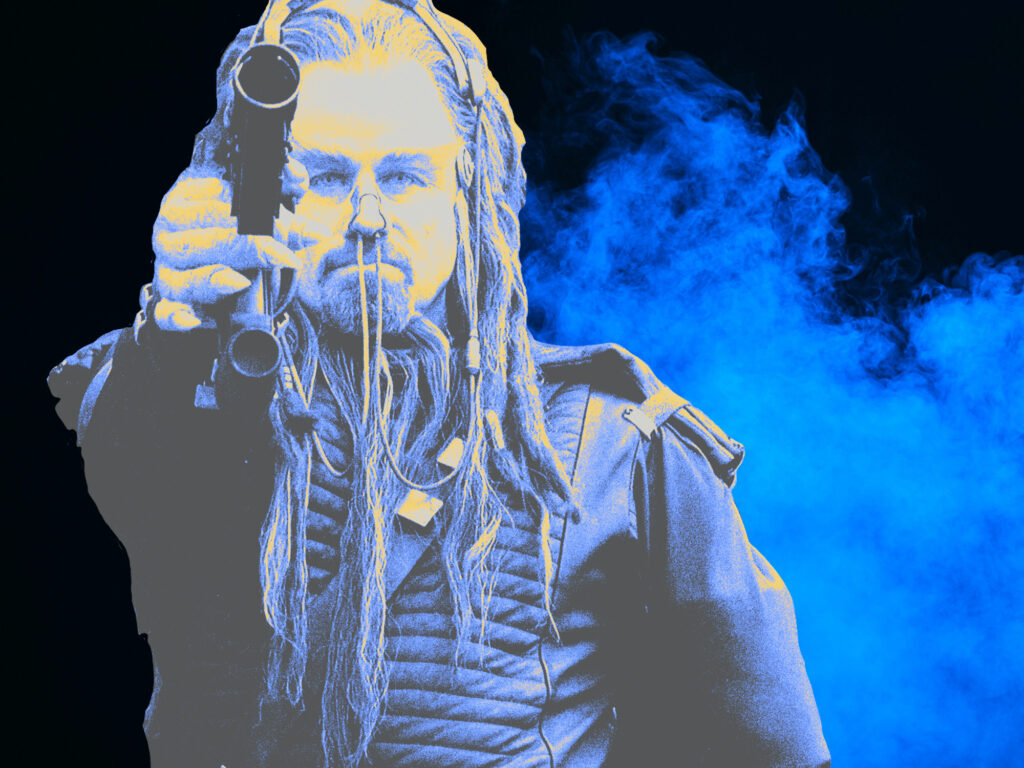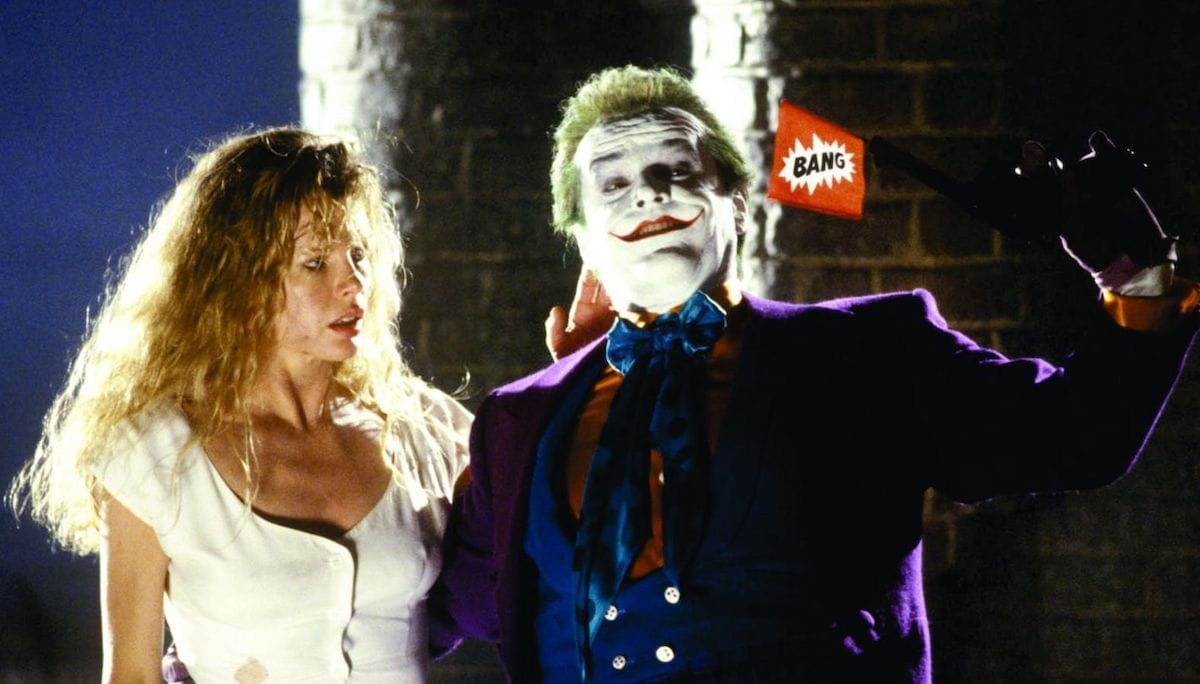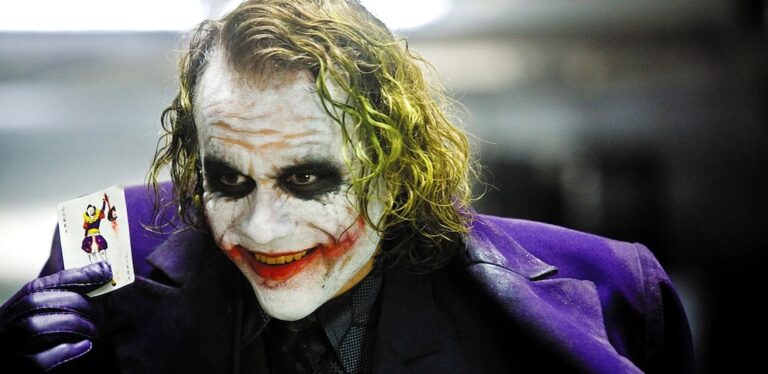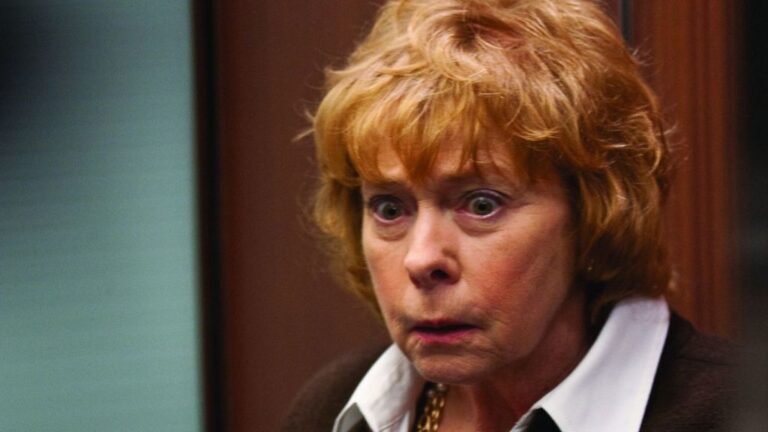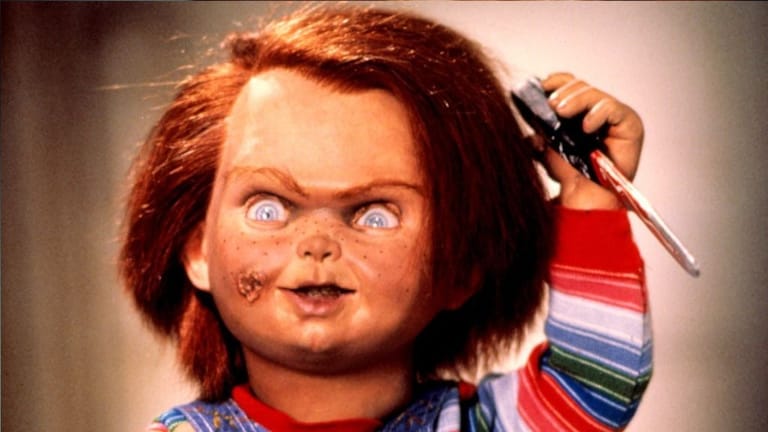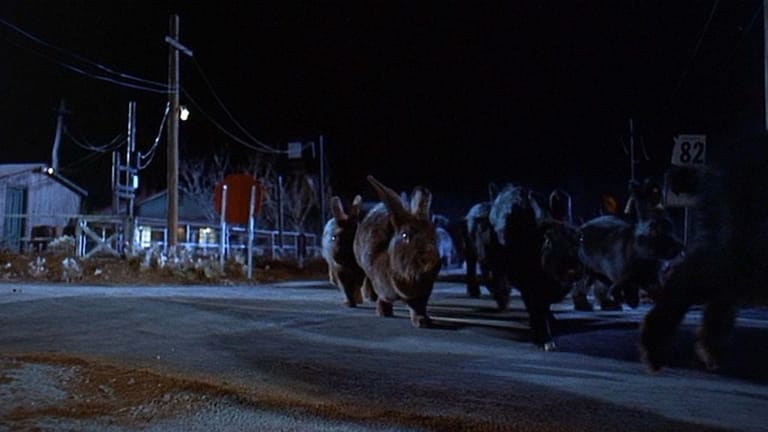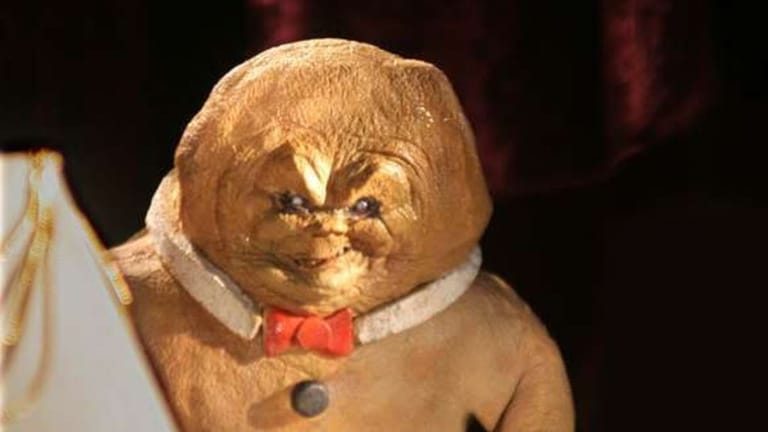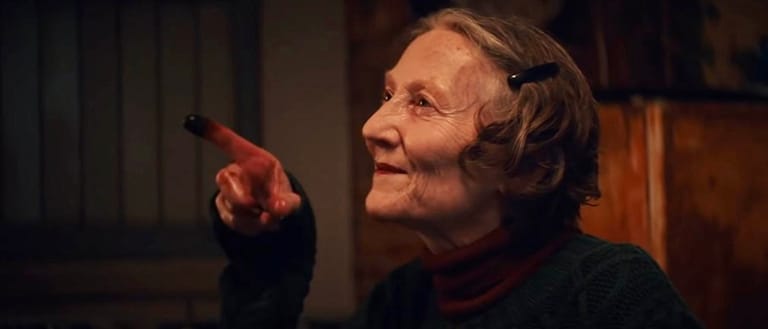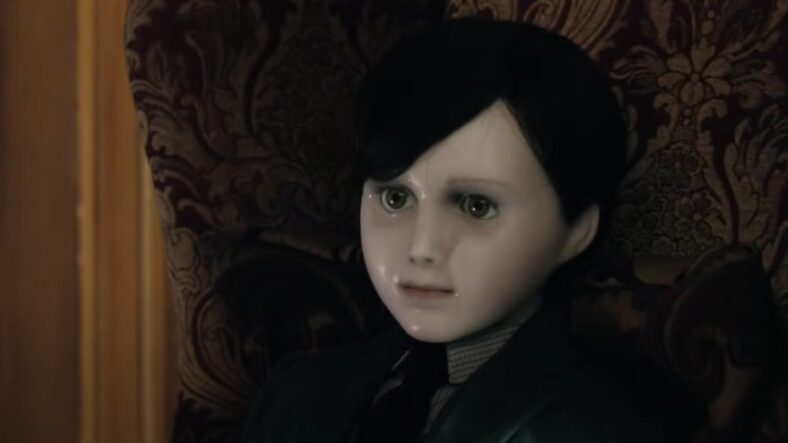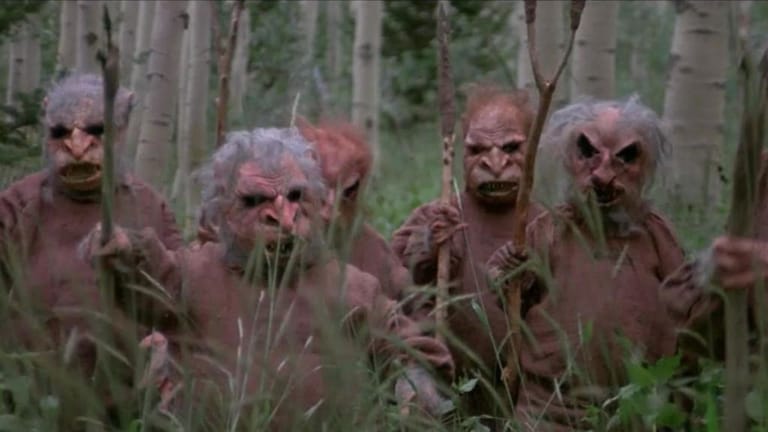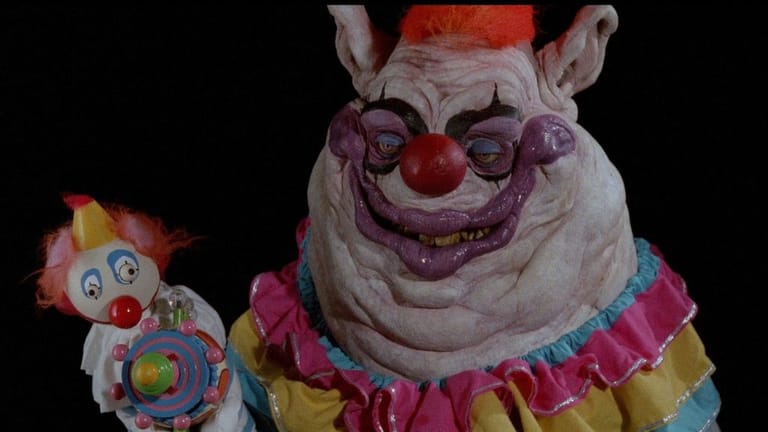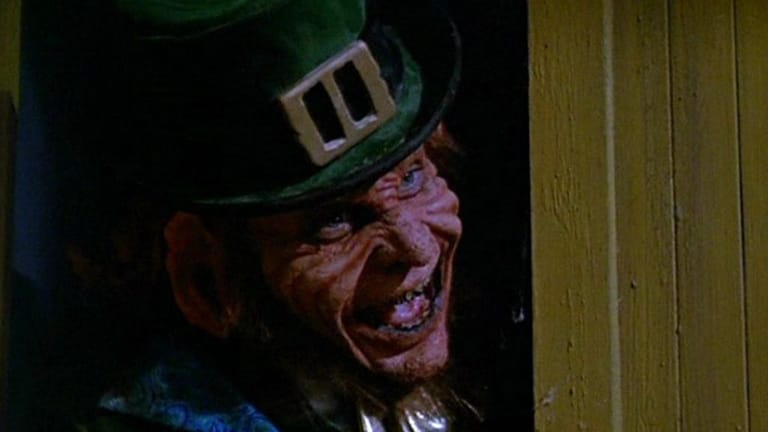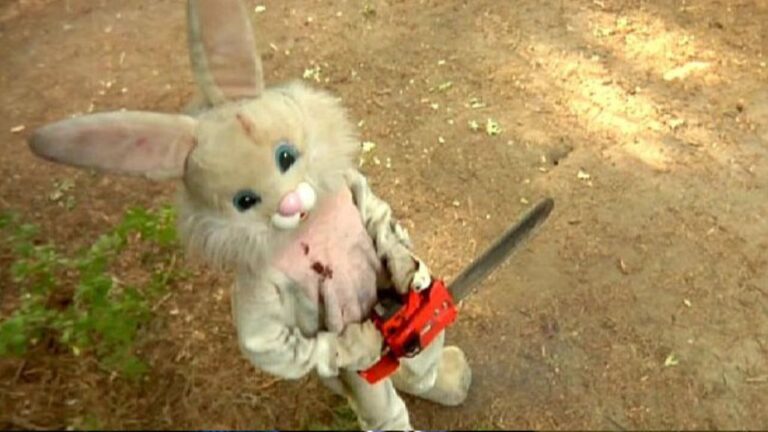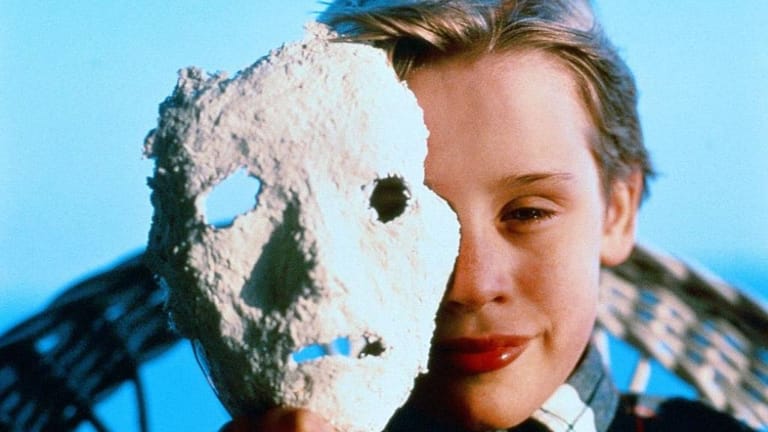The Big Bang Theory ran for 12 seasons and 279 episodes on CBS, earning big ratings and minting some new TV stars.
Now that the show has been off the air for five years, what is the cast up to now?
But First

CBS had no complaints about The Big Bang Theory. It had a ton of fans, as the ratings indicated. For a while, reruns on TBS were that network’s highest-rated airings as well. It also won Emmys, People’s Choice Awards, and more. However, critical assessments were mixed, and The Big Bang Theory was culturally relevant enough that it also had a lot of detractors who griped that the characters were broadly drawn.
But the show’s very talented cast helped lend The Big Bang Theory more substance, especially as the show went on. Here’s what the Big Bang Theory cast is up to now.
Jim Parsons

Parsons, a relative unknown when The Big Bang Theory began, was not supposed to be the star. Sheldon Cooper was an eccentric secondary character. He proved the breakthrough star, though, and yielded a spinoff, Young Sheldon, that has itself yielded a spinoff. Parsons also won a whopping four Emmys for playing Sheldon.
In addition to narrating Young Sheldon, Parsons has kept busy producing and occasionally acting. He acted on stage in a version of The Boys in the Band, and then starred in a 2020 film adaptation of that play. Parsons also co-starred in Hollywood, a limited series wherein he played closeted gay Hollywood agent Henry Willson, and the 2022 drama Spoiler Alert.
Oh, and bazinga, of course.
Kaley Cuoco

Cuoco was one of the most recognizable stars of The Big Bang Theory when it debuted. As a kid, she had been on the sitcom 8 Simple Rules. Cuoco’s Penny was the “hot chick” (quotation marks not a comment on Cuoco’s looks but to indicate this was the archetype she was playing) who the “nerds” could not comprehend at first, though of course eventually she and Leonard would get together.
There’s a good chance you have seen Cuoco all over your television in recent years. In addition to the litany of advertisements you can see her in, Cuoco starred in The Flight Attendant and Based on a True Story.
She’s also loaned her voice to the cultishly adored Harley Quinn cartoon. That’s not one to watch with your family.
Johnny Galecki

Galecki, who played Leonard, was the ostensible ”star” of The Big Bang Theory when it debuted, and to be fair he and Cuoco always remain at the center, even if others joined him. As a younger man, Galecki had been on Roseanne.
Starring in The Big Bang Theory made Galecki, and others in the cast, very rich. That is to say, Galecki never needs to work again. He’s popped up in a few episodes of The Connors, and also the movie A Dog’s Journey, but both of those instances occurred in 2019.
He is generationally wealthy, got somewhat recently married, more recently had a kid, and has a child from a previous relationship. If he doesn’t want to work, he’s got plenty else to do.
Simon Helberg

Helberg is, in our opinion, the best actor from the main cast of The Big Bang Theory, though he didn’t get to show it a ton on the show. Howard was arguably the most broadly-drawn character, and early on, even if you liked the show, Howard may have been a bit much. Check him out in something like A Serious Man, though, and you can see his skills.
On occasion Helberg has flashed those skills post-Big Bang as well. He’s done a couple movies, most notably the weirdo indie masterpiece Annette.
On television, in addition to a smidge of voiceover work, Helberg played a tertiary, but important, role in Poker Face, the excellent Peacock series starring Natasha Lyonne. Check that one out for sure.
Kunal Nayyar

If you’re American, there’s a good chance you haven’t seen Nayyar, who played Raj, much recently. Maybe you have heard him, as he’s voiced Guy Diamond in three Trolls movies (and two Trolls TV specials), but that’s more or less it on the American side of the pond.
Nayyar was actually born in London, though, and while he mostly grew up in India before moving to the United States for college, he’s been back working in the United Kingdom since the end of The Big Bang Theory. He co-starred in British thriller series Suspicion, and he was also in an episode of Criminal: UK.
For the latter, Nayyar was actually nominated for Best Supporting Actor at the British equivalent of the Emmys.
Mayim Bialik

To try and create new dynamics in the universe of The Big Bang Theory, and also to add a bit more female presence on the regular as well, Bialik debuted as Amy Farrah Fowler in a guest role in the third season before joining the main cast starting in Season 4. It was a sensible casting. Not only was Bialik well-versed in sitcoms, having starred in Blossom, she has a PhD in neuroscience.
There has been a lot of Bialik on TV since The Big Bang Theory ended. She starred in the FOX sitcom Call Me Kat for a couple seasons. Also, notably, she was in the running to host Jeopardy!.
Awkwardly, it was decided that she and Ken Jennings would share the role of host, but the Jeopardy! diehards, a raucous bunch, loudly preferred the game show icon to the interloping actress. Thus, Bialik’s time as host has come to a conclusion.
Melissa Rauch

Rauch, who joined the show midstream to play Bernadette, eventual wife of Howard, has something going that no other Big Bang Theory cast member does at the moment: an extant sitcom. Rauch stars in the reboot of Night Court on NBC. She plays Abby Stone, daughter of Harry T. Stone, Harry Anderson’s character from the original run.
That’s basically it, though, as Rauch hasn’t done a ton else since Big Bang Theory ended. Not that we’re knocking her! She’s the star (and executive producer) of a network sitcom! There just isn’t much else to say, so we will point out something odd and interesting.
In 2017, Rauch did voiceover work in a direct-to-video Batman movie. It’s called Batman and Harley Quinn, and she voiced Harley Quinn. That means two Big Bang Theory cast members have played Quinn in an animated project.
Kevin Sussman

Sussman played Stuart, the owner of the comic book shop the guys frequent. In the first few seasons he was in a recurring role, but eventually, as often happens, a tertiary character had his role expanded. Sussman was considered a member of the main cast for seasons eight through 12, which meant a major uptick in salary, we’re sure.
In total, Sussman was in 85 episodes of The Big Bang Theory, and he’s stayed quite busy in the interim. He doesn’t have that Galecki money, after all. Sussman popped up in a couple episodes of Bialik’s Call Me Kat, and also a couple episodes of AMC’s prestigious, beloved Better Call Saul.
He was quite good in the excellent Hulu limited series The Dropout, about Elizabeth Holmes, and has been seen occasionally in Lessons in Chemistry as well.
Sara Gilbert

Gilbert was recurring in Season 1 and a guest in seasons three and nine, but for the second season of The Big Bang Theory, she was contractually in a starring role. While the show moved well past the era of Leslie Winkle, she should be included. Especially since, you know, she’s been up to a lot of stuff and was already famous.
When Gilbert was brought in, it was a bit of stunt casting. She played Darlene on Roseanne, after all, and Galecki played her character’s boyfriend. The same time that The Big Bang Theory was ending, Gilbert’s View-style show The Talk ended as well.
Also, Gilbert and her wife Linda Perry divorced. Tough year for Gilbert! She bounced back, though. Gilbert has been back playing Darlene on The Connors since it debuted, giving her a regular network sitcom role once again.
Laura Spencer

Raj finally got himself a long-term thing on The Big Bang Theory, though without the success of the other relationships among the main cast. Emily, the morbid dermatologist, was in the main cast in Season 9, and was in a recurring role in seasons seven, eight, and 10. At the same time, Spencer also had a recurring role on Bones.
Since then, she was in a somewhat obscure tornado disaster movie called 13 Minutes and appeared in one episode of Reservation Dogs.
John Ross Bowie

Barry Kripke was not one of the main characters on The Big Bang Theory. Bowie was credited in a recurring role in most seasons of his run, and a guest role in a couple of them. However, we decided to include him because the dude works.
Bowie popped up in Jumanji: The Next Level, and he’s been all over television. During the end of the run of The Big Bang Theory, Bowie was one of the leads of the sitcom Speechless. Since then, he’s popped up in recurring roles and one-off spots all over television.
In 2022 alone you could see him in four different TV shows. Bowie is a character actor, and to that end, he had a podcast called Household Faces for a bit where he interviewed other character actors. It’s a good listen.
Thanks for Reading The Big Bang Theory Cast: Where Are They Now

You might also like this list of the 12 Best Seinfeld Episodes, Ranked or this list of 10 Gen X Film Stars Gone Too Soon.
Main image: The Big Bang Theory cast. All photos from CBS.
